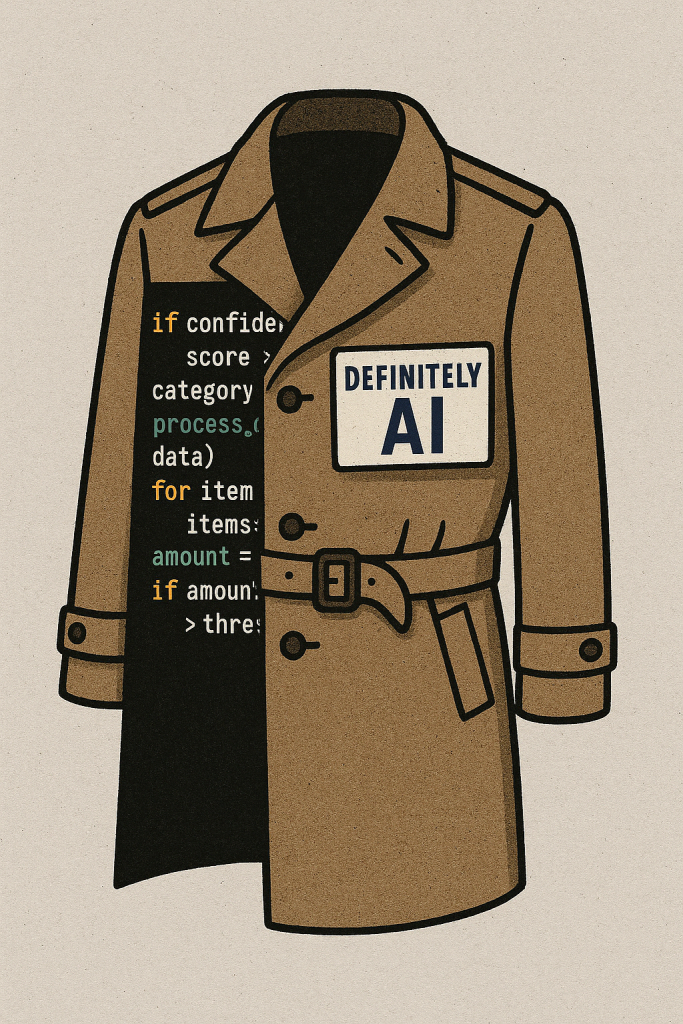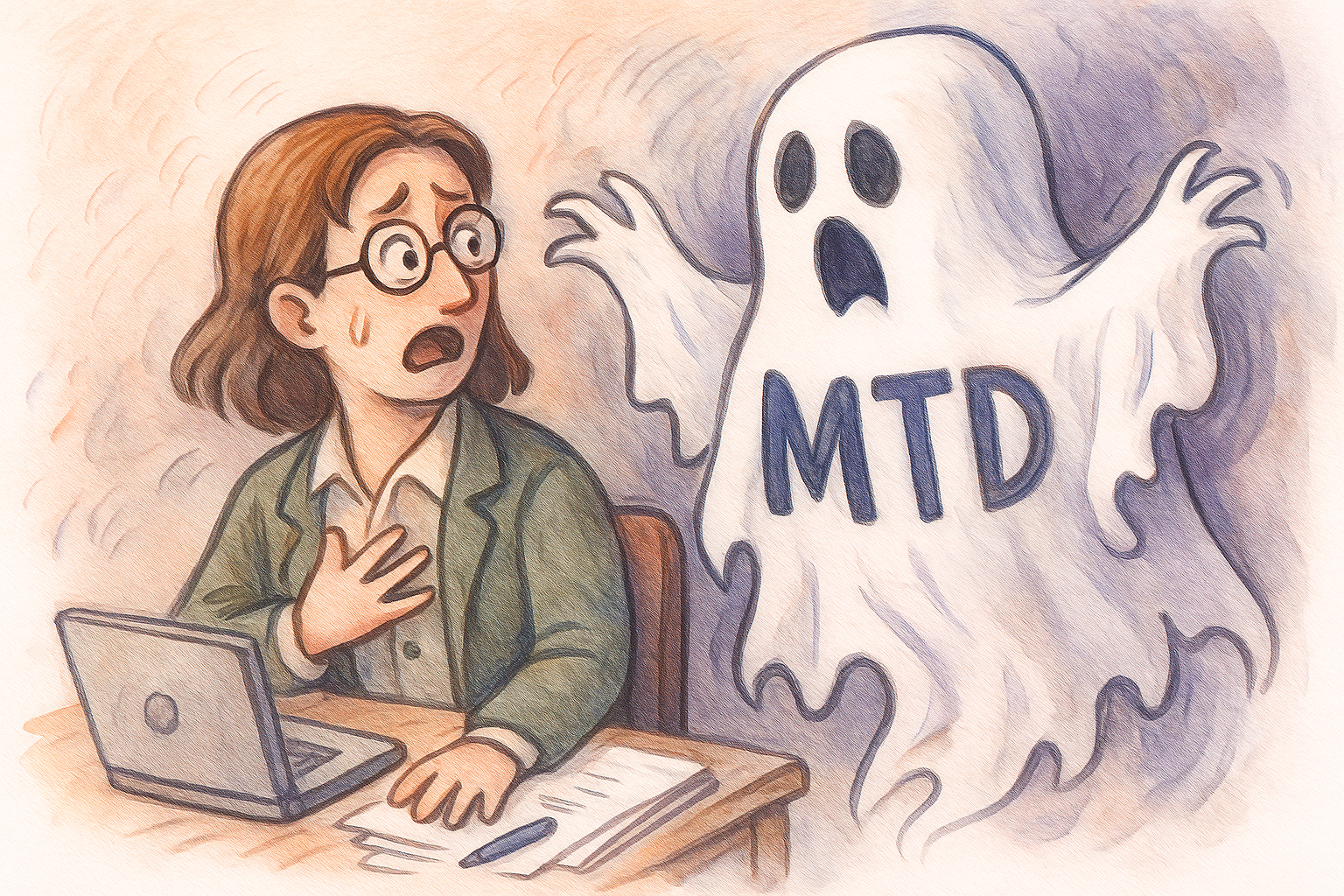Spot the Difference: How to Spot Fake AI Products
Fake AI: Let’s face it—these days, everything claims to be “powered by AI.” From coffee machines that recommend your next brew to inbox sorters that mysteriously move half your client emails into spam, AI seems to be the buzzword glued onto every product. But just because a piece of software says it’s using AI doesn’t mean it actually is.
And for accountants and bookkeepers looking to streamline workflows and boost efficiency, this matters more than ever.
So let’s break it down: what AI actually is, how to spot the real deal, and why mislabelled “AI” is more than just a mild annoyance—it’s hurting real innovation in accounting automation.

What AI actually does (and what it doesn’t)
At its core, artificial intelligence refers to technology that mimics human intelligence. That means it can do things like learn from patterns, make decisions, and improve over time. In the world of accounting, this can look like:
An automation tool that learns how you categorize transactions and gradually improves its accuracy.
A digital assistant that suggests adjustments based on previous year-end patterns.
A reconciliation system that flags unusual activity based on your firm’s historical data—not just generic rules.
True AI is adaptive. It gets smarter as you use it. It’s not just reacting; it’s anticipating.
Compare that to basic automation—still incredibly helpful, but not quite the same. Rules-based tools that send reminders or apply bank rules are valuable, but they’re following a script. There’s no learning, no adjusting, no evolution.
Real AI in accounting: What it looks like
Let’s look at some real AI-driven features you might find in accounting automation tools:
Predictive coding: A system that notices you always code Amazon purchases as “office supplies” and starts doing it for you—even if the description changes.
Anomaly detection: AI that flags a random supplier invoice because it’s 5x higher than usual and sent outside normal business hours. It knows it’s weird because it learned what normal looks like.
Conversational interfaces: AI agents (like those in Bots For That) that understand context. You can say “show me last quarter’s biggest expense spike” and it delivers—without clicking through ten reports.
These examples aren’t magic; they’re the result of smart, evolving AI applied to real accounting workflows.
The AI imposters: Red flags to watch out for
Now let’s talk about the imposters. These are products that slap “AI-powered” on the label, but under the hood? Just basic scripts and conditional logic.
Here are some common red flags:
It behaves the same no matter how you use it. If a tool doesn’t get any better or faster over time, it’s likely not using AI.
You can’t trace its decisions. Real AI often comes with explanations—or at least logs. If a tool just spits out a result without context or rationale, question it.
It’s only responding to pre-set triggers. “If X, then Y” rules can be powerful, but they’re not AI. If it doesn’t adapt, it’s not artificial intelligence—it’s conditional automation.
Now, don’t get us wrong—those rule-based tools still have their place. They’re reliable and predictable. But the danger is in the marketing smoke and mirrors—tools that pretend to be AI and then fail to deliver, leaving users frustrated and disillusioned.
Why this matters for the accounting industry
When products pretend to be AI and fall short, they hurt more than just the user experience. They damage trust in the entire category.
We’ve heard it before:
“Oh, we tried AI last year. It didn’t work.”
“We switched off that ‘AI tool’—it made more work for us.”
“I don’t trust these things to handle our clients’ data.”
The problem? Many of those “AI tools” weren’t AI at all.
And for companies that are building real, adaptive, intelligence-based systems, this creates a frustrating hurdle. We now have to not only prove that our tools work—but first convince people we’re not another case of “fake AI in a trench coat.”
The bottom line: Don’t let one bad AI experience ruin it all
If you’ve had a disappointing experience with a so-called AI tool, you’re not alone. But don’t write off AI altogether—it’s not the villain here. It’s the mislabelled tools that are the problem.
The future of accounting automation is intelligent, responsive, and genuinely helpful. True AI has the potential to take the boring, repetitive, time-consuming tasks off your plate—without compromising accuracy or control.
So next time you see “AI-powered,” pause and dig a little deeper. Ask:
Does it learn?
Does it adapt?
Can it explain itself?
Because when you find the real deal, the impact is worth it.



